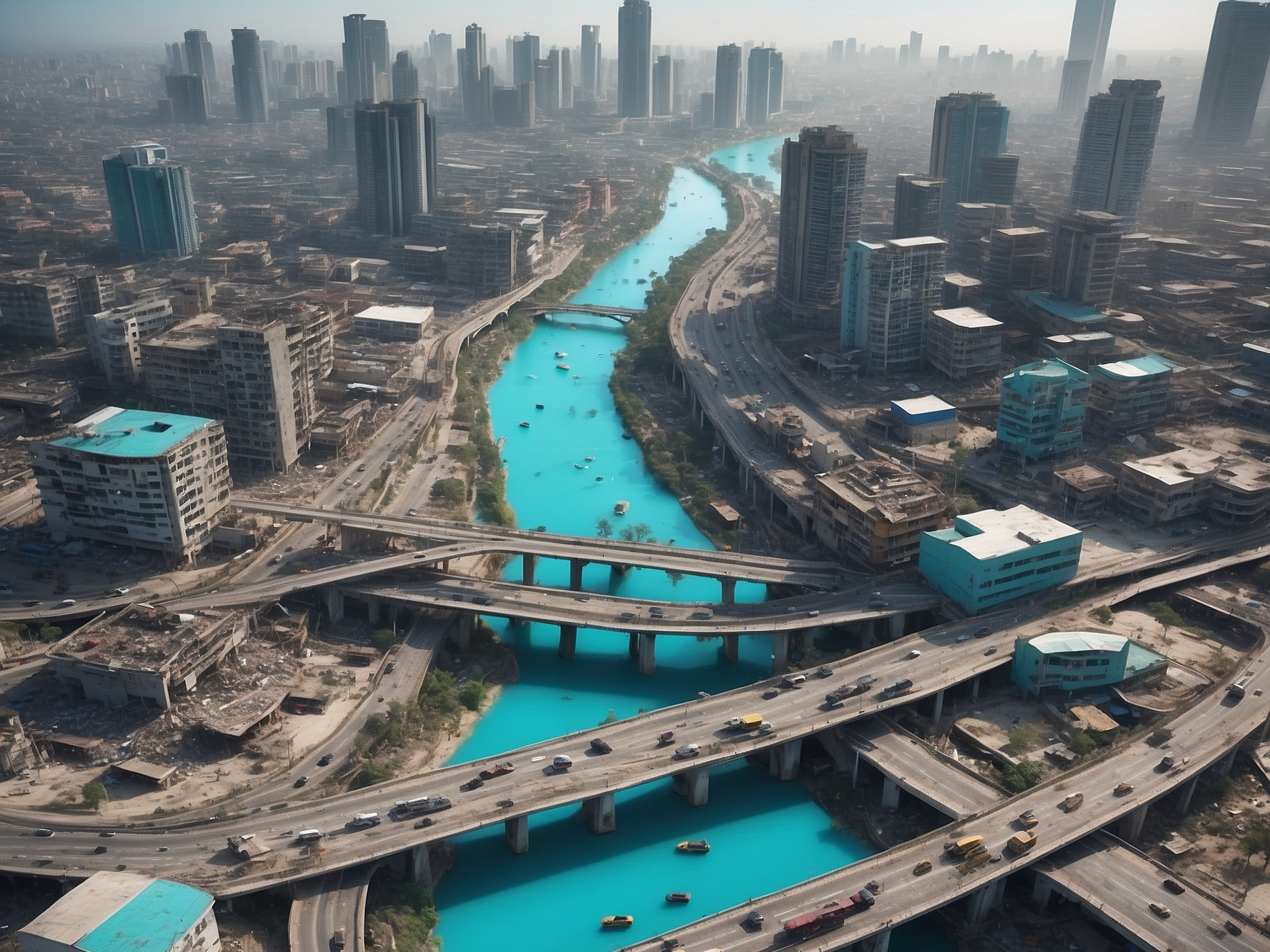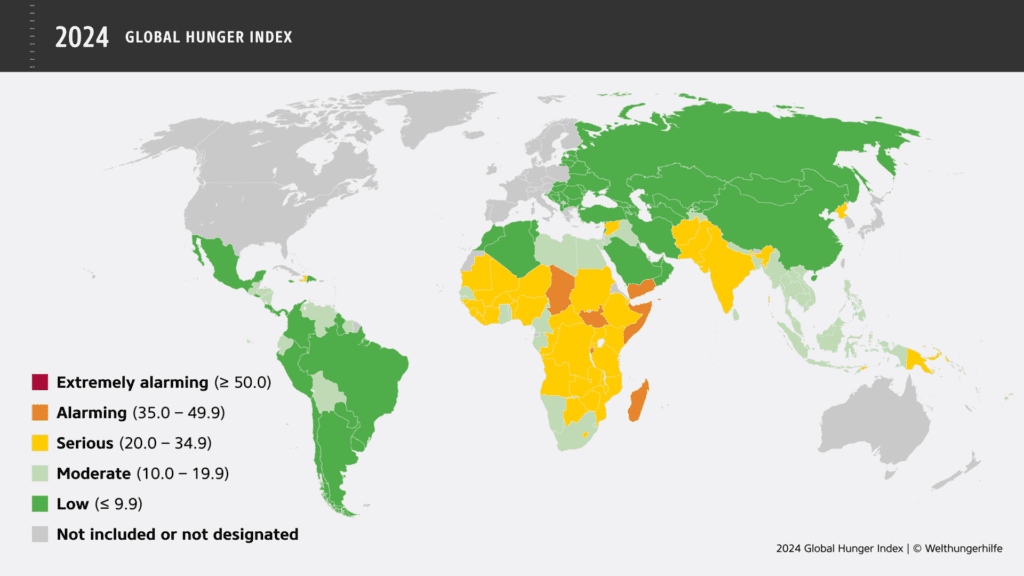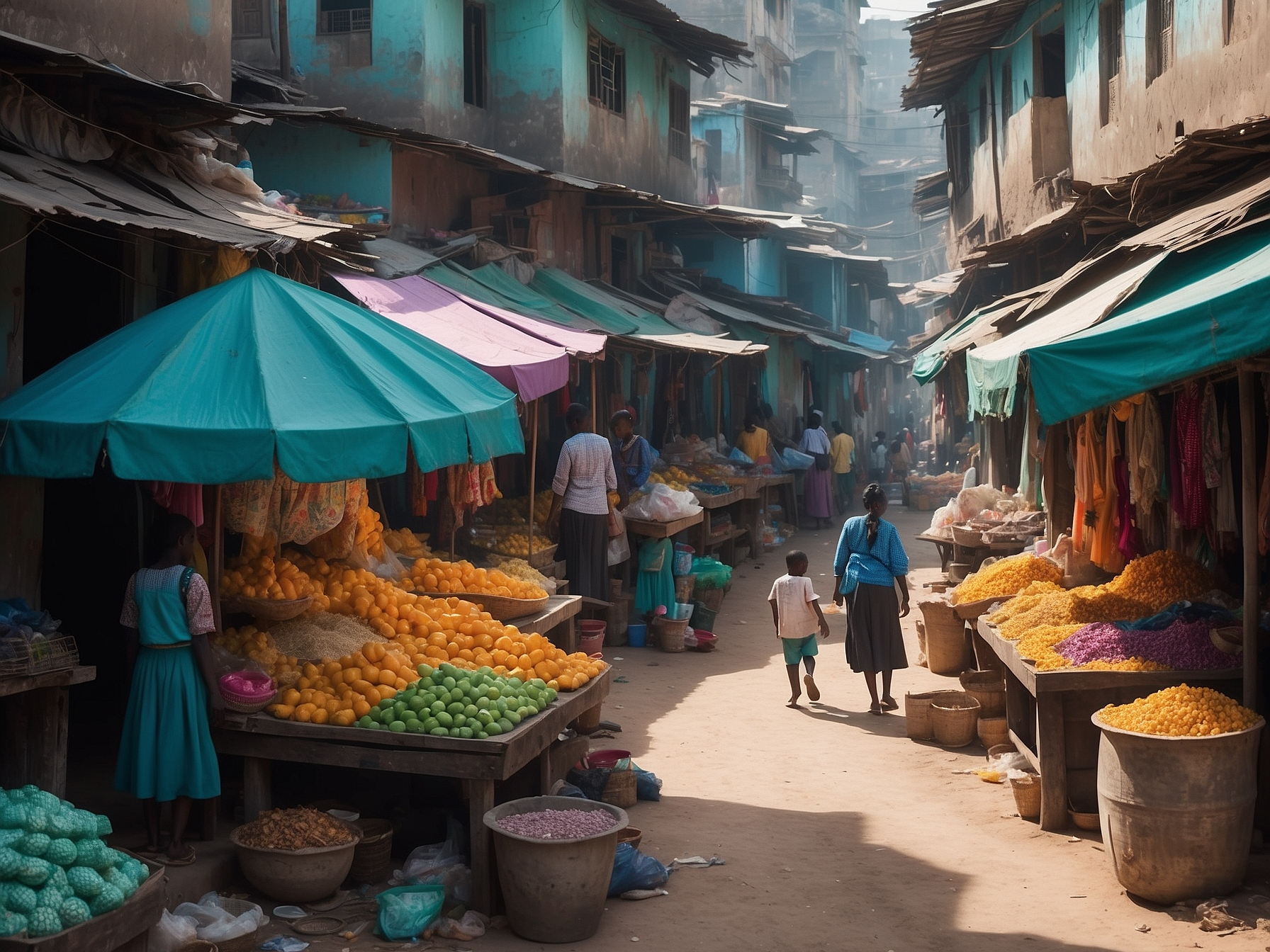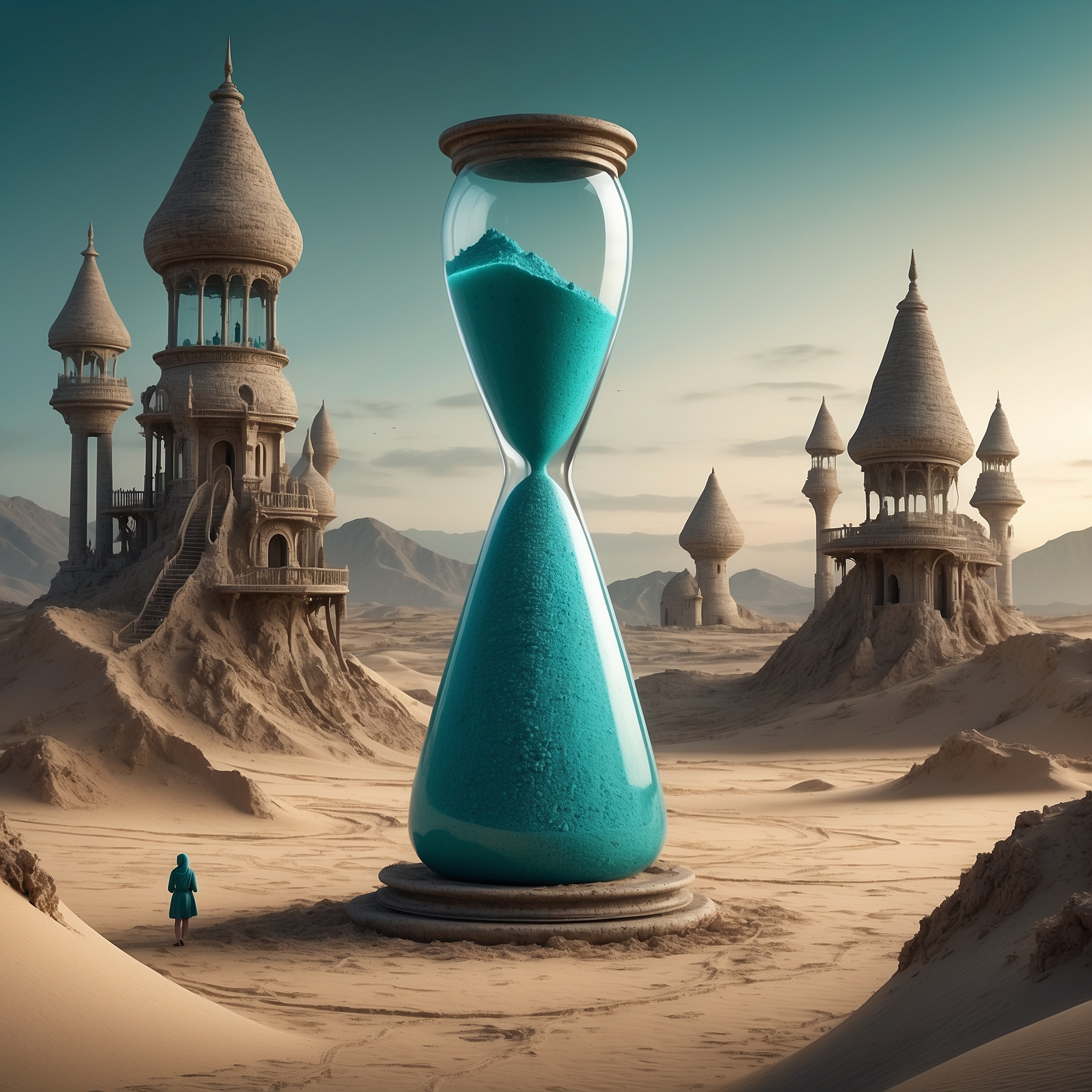Alright, let’s dive into the world of developing nations—think of them as the underdogs of the global economy, hustling to make their mark. With booming populations, they’re not just filling up the map; they’re also the majority of immigrants packing their bags for developed countries.

But here’s the catch: these up-and-coming countries share some not-so-great traits that are throwing wrenches into their plans for rapid economic growth. We’re talking about technological backwardness and other pesky challenges that keep them stuck in the slow lane. So, what’s the deal with these unique characteristics? Let’s break them down, see how they play out, and check out some real-world examples.
What Are Developing Countries?
Let’s be real—”developing country” sounds like a polite way of saying “not quite there yet,” doesn’t it? Sometimes you’ll hear terms like “Underdeveloped Countries” or “Less Developed Countries.” Basically, we’re talking about nations that haven’t hit the jackpot of economic, human, and social development just yet. They’re often grappling with low income levels, limited access to healthcare and education, and infrastructure that could use a serious upgrade—think pothole-filled roads and spotty clean water supply.

On the flip side, developed nations like the United States or Japan have their issues, sure, but they generally enjoy higher income levels and better access to essential services. It’s like comparing a rusted-out bicycle to a brand-new sports car—they both get you places, but one does it a whole lot faster and more comfortably.
So how do we figure out where a country lands on the development scale? Enter the Human Development Index (HDI)
Characteristics of Developing Countries
- High poverty rate and inequality
- Low standards of living
- Low Gross Domestic Product (GDP)
- High unemployment
- Heavy reliance on subsistence agriculture
- Inadequate infrastructure
- Dualistic economy
- Weak institutions
High Poverty Rate and Inequality
Let’s cut to the chase: one of the biggest red flags for a developing country is a sky-high poverty rate. A massive chunk of the population lives below the poverty line, struggling to secure basic needs like food, water, and shelter. We’re talking about multidimensional poverty here—not just a lack of cash but missing out on several life essentials all at once.
Why does this matter? Well, when most people can’t afford quality education, it stunts the nation’s growth big time. It leads to systemic inequalities, poor healthcare access, and makes finding decent jobs feel like searching for a needle in a haystack.
Take Nigeria, for instance. As of 2022, over 63% of its population is multidimensionally poor. That’s about 133 million people out of over 200 million struggling with extreme hardship. We’re talking about surviving on less than $2.15 a day, with little to no access to education or basic infrastructure. That’s not just scraping the bottom of the barrel—that’s living without a barrel altogether.

Check out the map above. See all those countries grappling with extreme hunger? Yep, they’re all developing nations. Places like Yemen, the Central African Republic, and Madagascar are battling both poverty and hunger—a double whammy that’s tough to overcome.
Low Standards of Living
Here’s another reality check: developing countries often have a low standard of living. In plain English, that means most people are struggling to meet basic human needs—things like decent housing, enough food, and access to healthcare.
So, what’s dragging them down? A cocktail of factors. First up, many lack the necessary infrastructure and resources to kickstart economic development. It’s like trying to run a marathon without shoes—not impossible, but definitely harder. Without good roads, reliable electricity, and clean water, providing quality education and healthcare becomes an uphill battle.
And let’s not forget about corruption. Unfortunately, funds that should go toward public services often end up lining the pockets of a select few. This only widens the gap between the haves and the have-nots, making it even tougher for the average person to climb out of poverty. It’s a bit like playing a rigged game where the house always wins.
Low Gross Domestic Product (GDP)
Next up on the list: a low Gross Domestic Product (GDP). In simple terms, GDP is the total value of all goods and services produced by a country. When that number’s low, it’s a sign the economy isn’t firing on all cylinders.
Why so low? Well, many developing nations depend heavily on a narrow range of industries—think agriculture or mining. These sectors can be volatile, especially when global markets fluctuate. Add political instability and corruption to the mix, and you’ve got a recipe for economic stagnation. It’s hard to generate wealth when resources aren’t managed effectively, and opportunities for growth are scarce.
The solution? Comprehensive policy changes that improve institutional frameworks, attract private sector investment, and protect people’s rights. Easier said than done, but essential for boosting that GDP and improving living standards.
High Unemployment
Ah, unemployment—the unwelcome guest that just won’t leave. Developing countries often grapple with high unemployment rates, and it’s not just about people being out of work; it’s about the ripple effects that unemployment causes throughout the economy.
The root of the problem often lies in the slow pace of industrialization and limited access to education and training programs. Without skills or industries to absorb them, people are left scrambling for low-paying jobs or no jobs at all.
This isn’t just bad news for individuals—it drags down consumer spending and stunts economic growth. When people have less money to spend, businesses suffer, leading to even fewer job opportunities. It’s a vicious cycle that keeps spinning.
Moreover, high unemployment can lead to social and political unrest. Desperate times can fuel desperate measures, making it harder for governments to maintain stability and implement effective policies.
Heavy Reliance on Subsistence Agriculture

When formal employment opportunities are scarce, many people in developing countries turn to subsistence agriculture. In other words, they’re farming just enough to feed themselves and their families, with little left over to sell or trade. While it keeps people alive, it doesn’t contribute much to economic growth.
This reliance on agriculture also makes these nations vulnerable to environmental changes and disasters. A bad harvest or drought can spell disaster, leading to food insecurity and heightened poverty levels.
Inadequate Infrastructure
Imagine trying to run a business without reliable electricity, clean water, or decent roads. Sounds impossible, right? That’s the reality in many developing countries dealing with inadequate infrastructure.
Poor infrastructure hampers productivity and increases the cost of doing business. For example, if factories can’t rely on a steady power supply, they either have to invest in expensive generators or face frequent shutdowns. Transportation issues make it harder to get goods to market, limiting trade and economic expansion.
Take countries like Tanzania, Niger, and Sierra Leone. Over 14% of their populations lack access to electricity. Without power, industrial growth stalls, and attracting foreign investment becomes a pipe dream.
Dualistic Economy
Many developing nations have what’s called a dualistic economy, meaning two distinct economic sectors exist side by side. On one hand, you’ve got the modern, urban sector that’s somewhat integrated into the global economy. On the other, there’s the traditional, rural sector that’s largely localized and underdeveloped.
Take Nigeria as an example. In rural areas, farming is often done with manual tools and is primarily for subsistence. Infrastructure like roads and clean water supply is lacking. Meanwhile, urban centers like Lagos and Abuja boast modern amenities, from banks and accessible roads to industries and better healthcare facilities.
This stark contrast leads to inequality in access to resources and opportunities. The urban areas surge ahead while the rural regions lag behind, creating social and economic disparities that can lead to unrest and hinder overall national growth.
Weak Institutions
Last but definitely not least, weak institutions are a hallmark of many developing countries. We’re talking about corruption, lack of accountability, and ineffective governance structures. When the institutions that are supposed to uphold the law and manage resources fail, the entire society suffers.
Weak institutions undermine social trust and deter investment. Who wants to pour money into a place where contracts aren’t enforced, and corruption is rampant? It stifles innovation and keeps economies from reaching their potential.
For example, political instability in countries like Somalia and Zimbabwe has led to high levels of poverty and poor human development indicators. Without strong institutions, it’s challenging to implement policies that could drive economic growth and improve living conditions.
Developing Countries Characteristics and Their Economic Impact
| Characteristics of Developing Countries | Economic Effects |
| High poverty rate and inequality | – Leads to lower consumer spending and slower economic growth. – May cause social and political instability. |
| Low standards of living | – Limits access to resources. – Weakens domestic markets. – Hinders economic development. |
| Low Gross Domestic Product (GDP) | – Indicates insufficient production of goods and services. – Fails to improve citizens’ standard of living. |
| High unemployment | – Reduces consumer spending. – Limits economic growth. – Leads to social and political unrest. |
| Heavy reliance on subsistence agriculture | – Leads to food insecurity. – Results in low productivity. – Limits income generation from other sources. |
| Inadequate infrastructure | – Hinders economic growth and productivity. – Limits access to markets, technology, and public services. |
A table showing developing countries’ characteristics and their effects on the economy.
